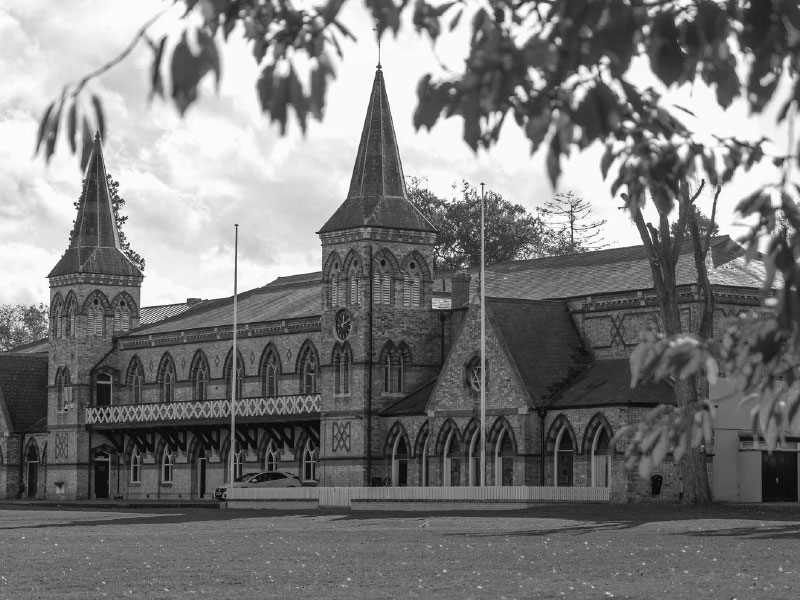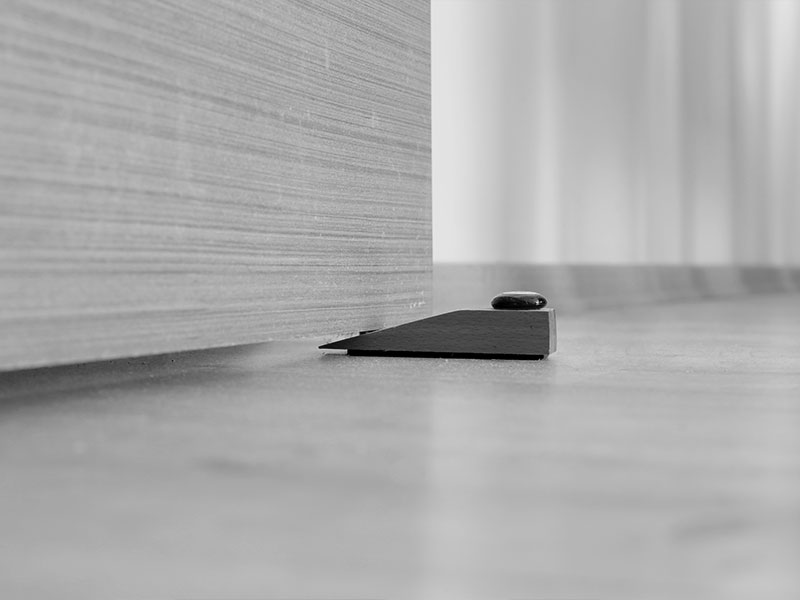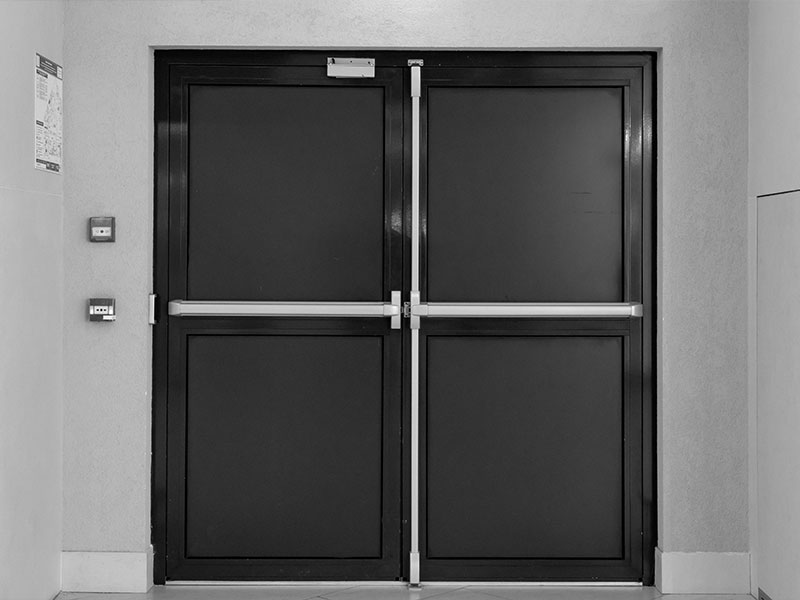FIRE RISK ASSESSMENTS
It’s Fire Door Safety Week
This week serves as a powerful reminder of our shared responsibility to safeguard lives through heightened awareness. Our mission? To unearth ill-fitted, damaged, or neglected fire doors and ensure that every building boast fire doors that are not just present but precisely fit for their life-saving purpose.
The issues around fire door safety do not just exist in high rise, high risk buildings. They are prevalent in pretty much any sector and building type that you think of, from care homes and hospitals to schools and specialist housing.
Why is a Fire Door Important?
A fire door ensures that should a fire break out, it can be contained in a “compartment”. This keeps the fire and smoke trapped for a defined period, allowing time for people to get out/to be rescued and make the fire easier to tackle. It will not fulfil this function if damaged or propped open.
How To Identify A Fire Door?
Signs that might indicate a fire door include things like a blue ‘Fire Door’ or ‘Keep Closed’ sign, door closers, intumescent or smoke seals around the edge of the door or the frame.
All fire doors are fire rated. Some are FD30 (providing 30 minute protection), FD60 (60 minute protection) or higher. There is usually a certification mark (a label or plug) on top of the door if it is a Fire Door – you can find out more in the Best Practice Guide published by the BWF Fire Door Alliance.
How To Inspect and Maintain A Fire Door
Fire doors should be checked regularly, and the more they’re used the more frequently they should be checked.
Anyone can spot a dodgy fire door – see the 5 Step Check to see how. But if you have legal responsibility for fire safety, call in a professional fire door inspector to provide guidance.
Create a fire door maintenance checklist and schedule, and check all doors in your building. Only ever replace damaged components with like-for-like. Check the fire certificate. A trained person should be responsible for this maintenance work.
Close The Door On Fire!
Research conducted in 2022 by the British Woodworking Federation as part their Fire Door Safety Week campaign ‘Close the Door on Fire’, shockingly found that over 30% of those asked believed that a fire door that was propped open with a wedge or a fire extinguisher was safe. Not only was a propped open fire door incorrectly deemed as safe, but 15% believed that keeping a fire door closed stops it performing, highlighting a lack of understanding around the role fire doors play in the event of a fire.
To comply with the Regulatory Reform (Fire Safety) Order 2005 (as amended by the Fire Safety Act 2021), a competent person should regularly review the fire risk assessment of their building(s). A person is regarded as ‘competent’ where they have sufficient knowledge, skills, experience, and relevant qualifications to conduct the task.
The person accountable for the premises is usually the responsible person, and their duties fall within the Regulatory Reform (fire safety) Order 2005 (RRO) and regulations made under Article 24 of the RRO. If your building has residential sleeping accommodation or your building exceeds 11 metres in height and contains residential sleeping accommodation, please also refer to Fire Safety (England) Regulations 2022: fire door guidance.
How Often Should My Fire Doors Be Checked?
For Schools* Fire doors should be checked regularly, at least every six months. In terms of maintenance and where doors are heavily used it may be pertinent to increase this frequency. A basic check should be carried out daily to make sure exits are not blocked or obstructed.
The minimum requirement is for the competent person to undertake an inspection to identify any obvious damage or issues and record their findings. This could be on a simple spreadsheet to confirm the date, any deficiencies found and when remedials are completed. Where remedial work is required, this must be conducted by a competent person. We would also recommend if any issues were identified, it would be appropriate to undertake more detailed checks of doors (or the self-closing device) if any damage is identified from the initial inspection. This could include engaging a specialist.
*the regime for example, a HMO differs – The responsible person must perform checks of the fire doors in the communal parts of the building at least every three months. In addition, flat entrance doors should be check at least every 12 months

For more information and advice on Fire Risk Assessments, please contact:
Ian Morgan
Risk Services Director
Call 0121 423 6212 or email ian.morgan@hettleandrews.co.uk
“Our role as risk management solution providers means working with each of our clients to identify, assess and manage their unique set of complex risks. Our objective is to allow our clients to operate efficiently and effectively, with full peace of mind.”







